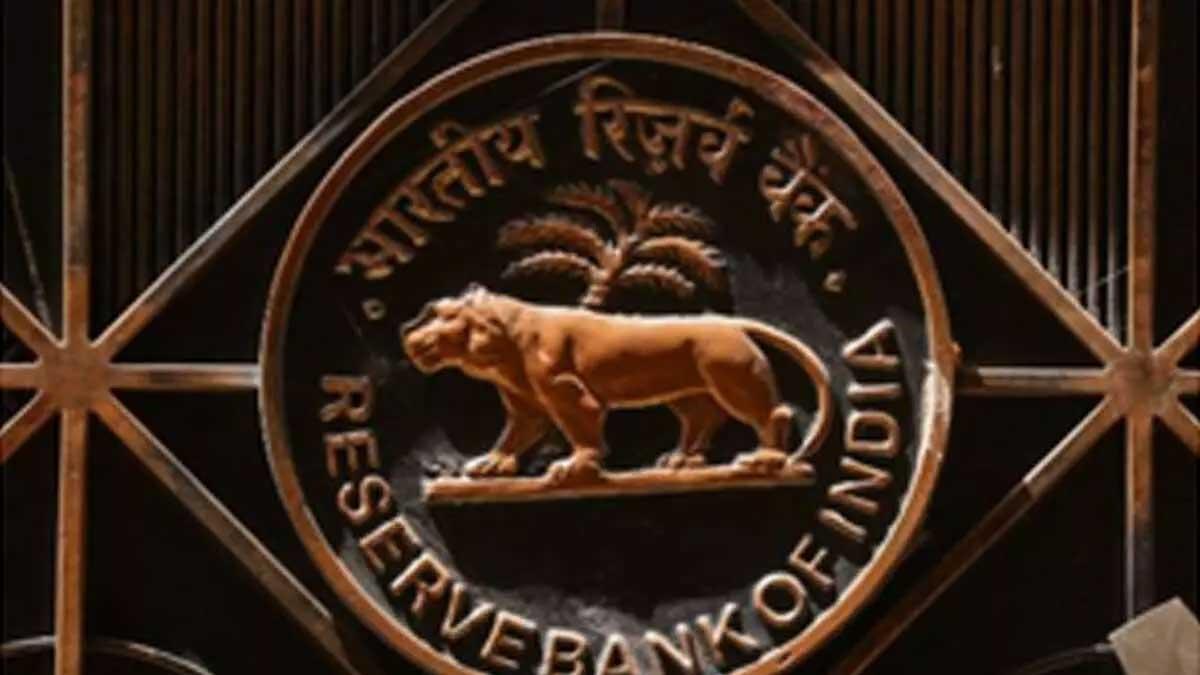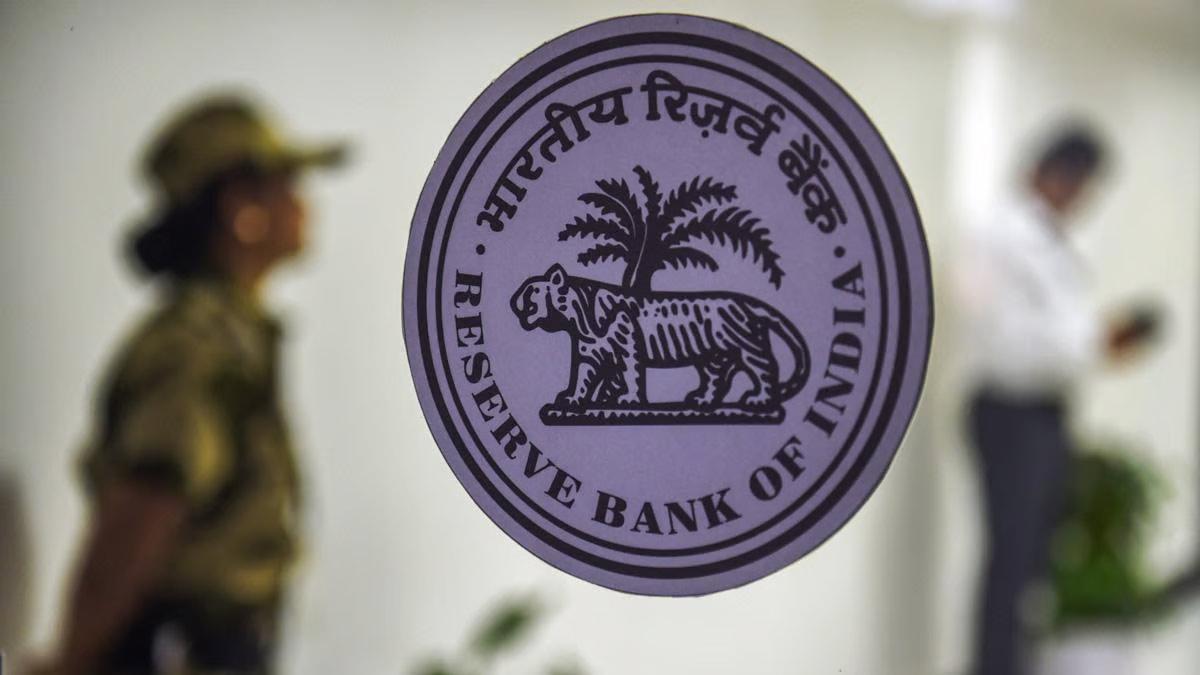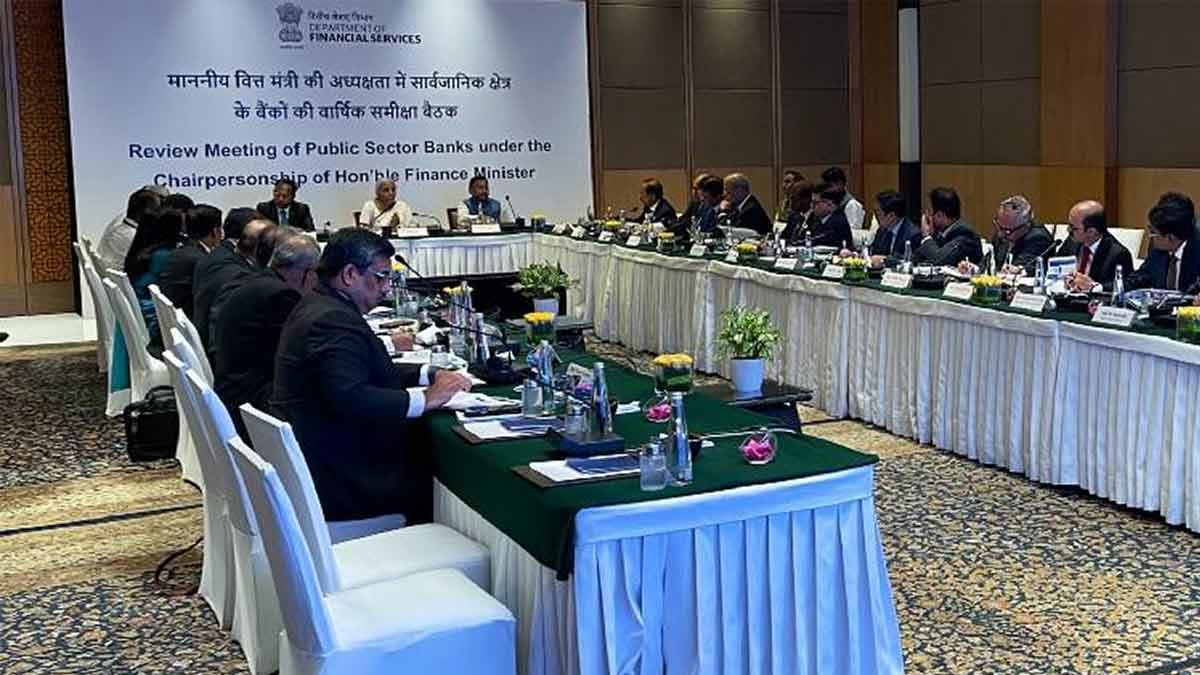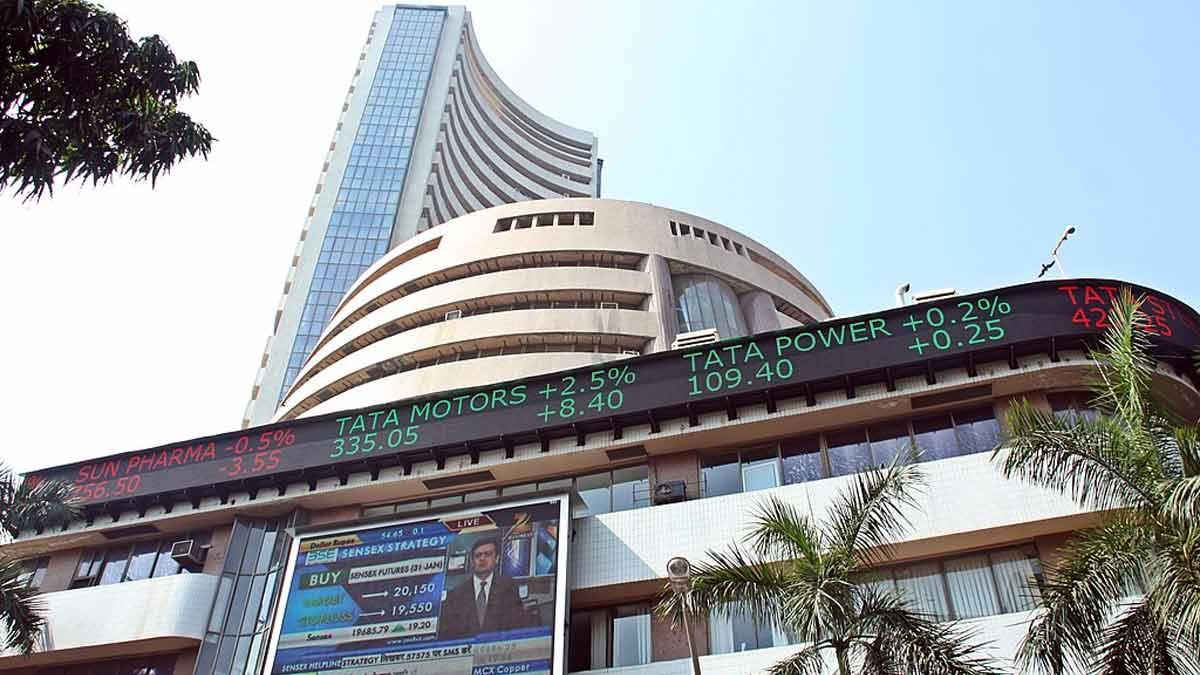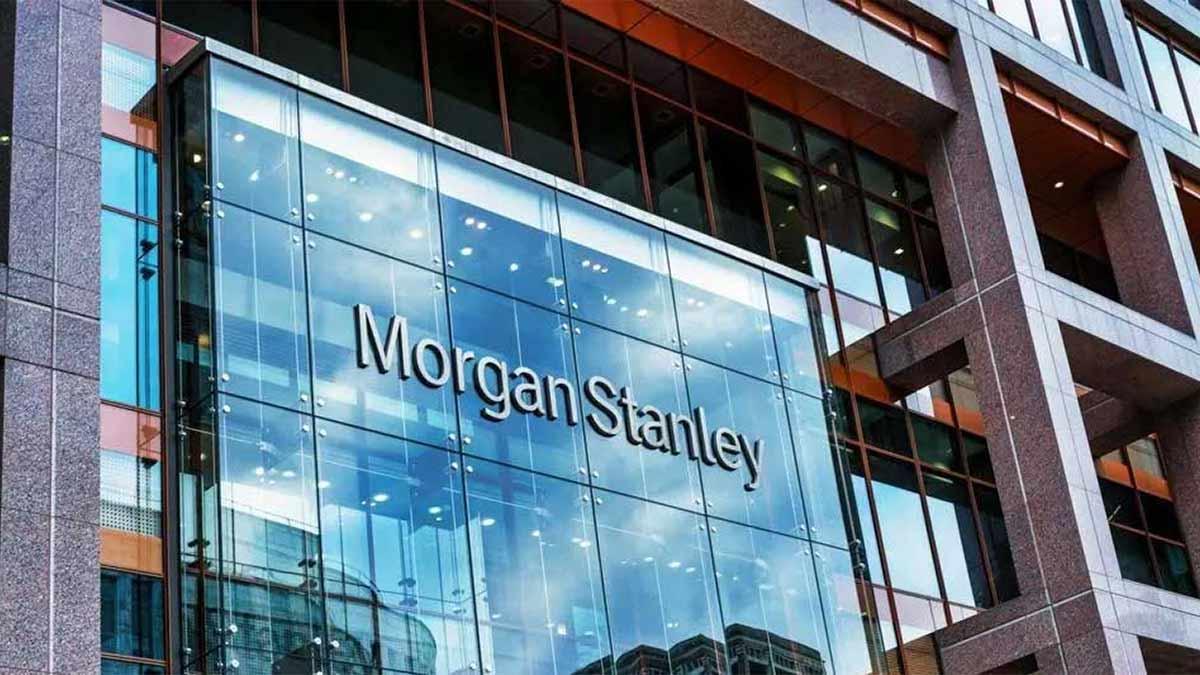Indeed, the data in hand does point to a new upswing influencing the course of economic growth for India. Turning a turn from an average of 7 percent from 2003-2019, it definitely is bent on growing above 8 percent by 2021-2024. According to a mid-week bulletin by the Reserve Bank of India, this has to be mainly paid off to domestic conditions.
According to indicators, current evidence shows that there is a rebound in private consumption that has become an important driver of demand with participation from the rural consumer. With public welfare spending on the verge of surging, the FMCG sector readies itself for healthy growth even in an otherwise troubled traditional walk-in business, helped by e-commerce platforms, especially in heatwaves.
The levels of investment have remained steady, although they have recently moderated perhaps due to some transitory uncertainties affecting investment decisions; the bulletin, however, projects these effects to be short-lived.
Noting a crucial role that it is set to take in future growth, the bulletin focuses on the recovery of private investment, while at the same time strengthening public finances.
Ending the 2023-24 fiscal year, government spending, more so on capital projects, posted a modest increase, buttressing optimism over medium-term economic prospects and investor confidence.
Of particular note is that net exports contributed positively to GDP bottom line, driven by high-end manufacturing, as on the other hand, the services sector continues its structural adjustment and refocuses on higher value-added activities, especially within global capability centers who are expanding to tier-II cities.
This bulletin also reiterates India's vision in tourism, wherein it wants to increase its GDP by US$1 trillion by 2047 through enhanced tourism that will actually be driven by acute infrastructural development through strategic urban planning, especially in satellite and tier-II cities.
Developmentally at the production end, manufacturing has been driving GVA growth, ably supported by healthy growth in construction, with prospects in both sectors appearing pretty bright.
Ahead, the services sector stays on its pre-pandemic growth path, driven by financial activities, insurance, real estate, and professional services.
Agricultural activity is still muted, though it is expected to perform better in the coming fiscal year due to the timely arrivals of monsoon that helped kharif sowing and replenished the reservoirs.
Therefore, the bulletin takes a very optimistic view of the near-term prospects of the economy for India, with some broad-based sectors and strategic initiatives taken towards sustainable growth.
Read also | RBI Governor Optimistic Growth Will Exceed 7.2% Estimate in April-June Quarter
Read also | There has never been a better time to be an Indian, says Gautam Adani

